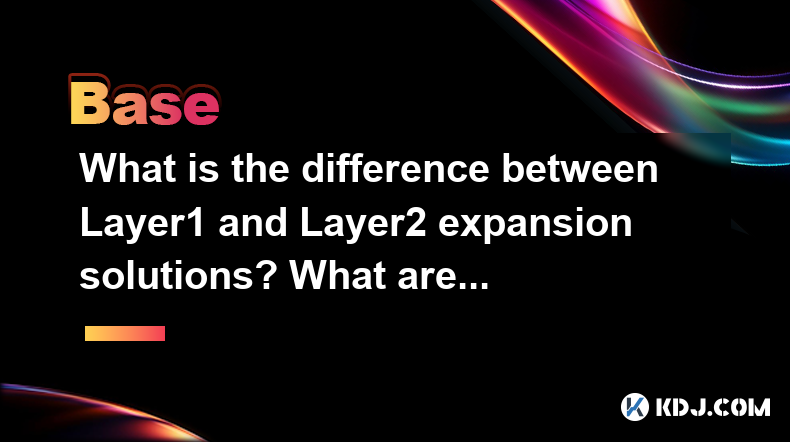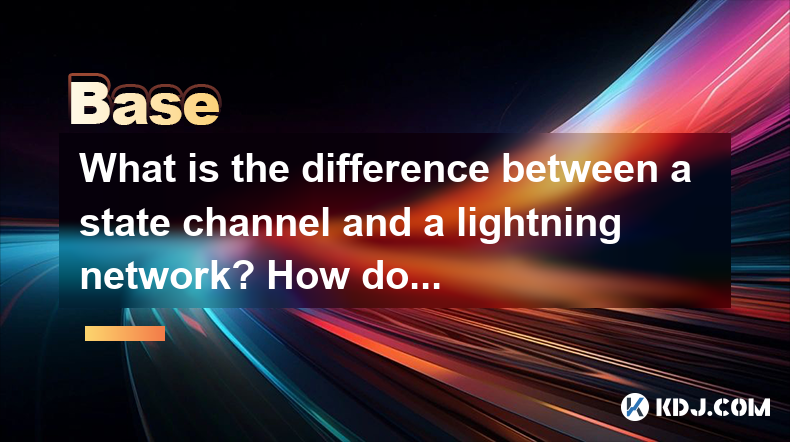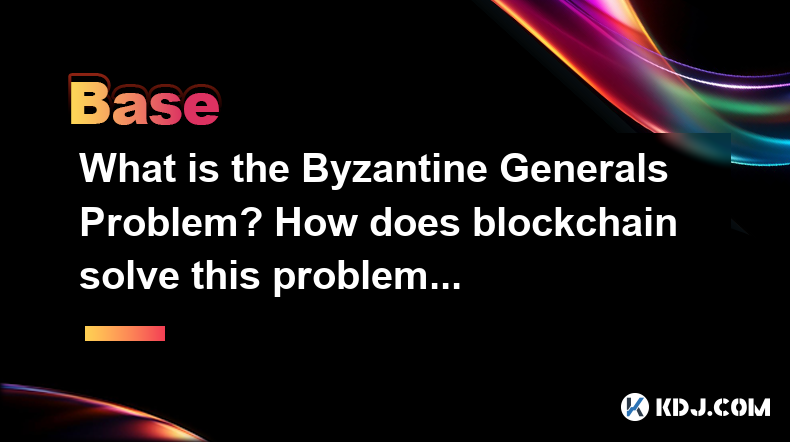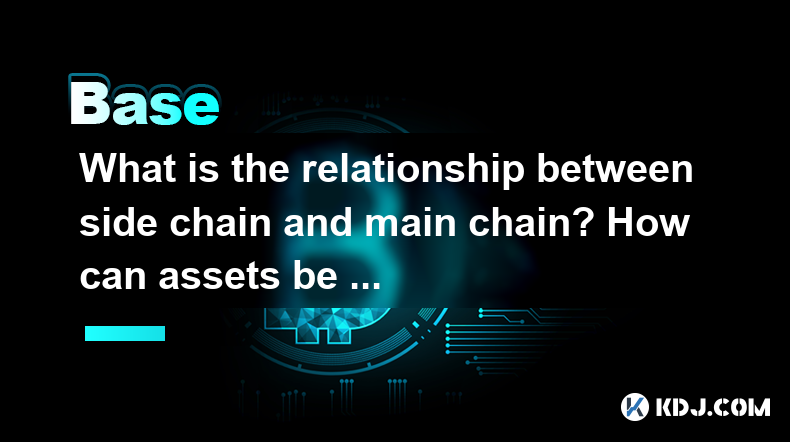-
 Bitcoin
Bitcoin $82,666.6102
-0.79% -
 Ethereum
Ethereum $1,784.7960
-1.02% -
 Tether USDt
Tether USDt $0.9996
0.02% -
 XRP
XRP $2.1257
-0.64% -
 BNB
BNB $592.3902
-0.42% -
 USDC
USDC $0.9999
0.02% -
 Solana
Solana $117.4685
-1.68% -
 Dogecoin
Dogecoin $0.1672
-1.55% -
 Cardano
Cardano $0.6486
-2.86% -
 TRON
TRON $0.2388
-0.62% -
 Chainlink
Chainlink $12.6264
-1.48% -
 UNUS SED LEO
UNUS SED LEO $8.9748
-4.45% -
 Toncoin
Toncoin $3.2369
-5.07% -
 Stellar
Stellar $0.2523
-3.16% -
 Avalanche
Avalanche $17.8476
-2.45% -
 Shiba Inu
Shiba Inu $0.0...01211
-1.64% -
 Sui
Sui $2.1892
-2.55% -
 Hedera
Hedera $0.1597
-3.77% -
 Litecoin
Litecoin $82.3531
-1.88% -
 Polkadot
Polkadot $3.9109
-4.55% -
 MANTRA
MANTRA $6.2589
-1.98% -
 Bitcoin Cash
Bitcoin Cash $297.7127
-1.02% -
 Dai
Dai $1.0001
0.04% -
 Bitget Token
Bitget Token $4.4351
-2.15% -
 Ethena USDe
Ethena USDe $0.9991
-0.03% -
 Pi
Pi $0.6450
21.59% -
 Monero
Monero $216.0365
0.55% -
 Hyperliquid
Hyperliquid $11.4792
-0.63% -
 Uniswap
Uniswap $5.8107
-0.91% -
 OKB
OKB $50.4811
4.99%
What is the difference between Layer1 and Layer2 expansion solutions? What are their advantages and disadvantages?
Layer1 solutions modify the blockchain's base protocol for native integration and security, while Layer2 solutions enhance scalability and reduce costs by processing transactions off-chain.
Apr 05, 2025 at 12:49 pm

In the world of cryptocurrencies and blockchain technology, scalability is a critical issue that developers and users alike grapple with. To address this, the industry has developed various solutions, primarily categorized into Layer1 and Layer2 expansion solutions. Understanding the differences between these two approaches, along with their respective advantages and disadvantages, is crucial for anyone looking to navigate the blockchain landscape effectively.
What is Layer1 Expansion?
Layer1, also known as the base layer or the main blockchain, refers to the foundational blockchain protocol itself. This layer is responsible for processing and validating transactions, as well as maintaining the network's consensus mechanism. Examples of Layer1 blockchains include Bitcoin, Ethereum, and Solana.
The primary method of Layer1 expansion involves modifying the underlying protocol to increase its capacity and efficiency. This can be achieved through various techniques such as increasing block sizes, reducing block times, or implementing new consensus mechanisms.
Advantages of Layer1 Expansion:
- Native Integration: Since Layer1 solutions are built directly into the blockchain, they are inherently compatible and do not require additional infrastructure.
- Security: Modifications to the base layer are typically more secure because they are subject to the full consensus of the network.
- Simplified User Experience: Users interact directly with the blockchain, which can lead to a more straightforward experience without the need for additional layers.
Disadvantages of Layer1 Expansion:
- Complexity and Risk: Modifying the base layer can be technically challenging and risky, as it requires consensus from the entire network.
- Hard Forks: Changes to Layer1 often necessitate hard forks, which can lead to network splits and community disagreements.
- Scalability Limits: Even with modifications, Layer1 solutions can still face inherent scalability limits due to the need to maintain decentralization and security.
What is Layer2 Expansion?
Layer2 solutions, on the other hand, are built on top of the existing Layer1 blockchain. These solutions aim to enhance the scalability and efficiency of the blockchain by processing transactions off the main chain and then settling them back onto the Layer1 blockchain. Examples of Layer2 solutions include the Lightning Network for Bitcoin and various rollup technologies for Ethereum.
The primary method of Layer2 expansion involves creating secondary protocols or frameworks that handle transactions more efficiently before batching them for settlement on the main blockchain.
Advantages of Layer2 Expansion:
- Scalability: Layer2 solutions can significantly increase transaction throughput without altering the underlying blockchain.
- Lower Costs: By processing transactions off-chain, Layer2 solutions can reduce transaction fees, making them more cost-effective for users.
- Flexibility: These solutions can be developed and deployed more quickly than Layer1 modifications, allowing for rapid innovation and adaptation.
Disadvantages of Layer2 Expansion:
- Complexity: Layer2 solutions add an additional layer of complexity, which can be challenging for users and developers to navigate.
- Security Risks: Since Layer2 operates off the main chain, it may introduce new security vulnerabilities if not properly designed and implemented.
- Interoperability: Ensuring seamless interaction between Layer2 solutions and the Layer1 blockchain can be technically challenging.
Examples of Layer1 Expansion Solutions
Bitcoin's Segregated Witness (SegWit): SegWit is a Layer1 solution that modifies the Bitcoin protocol to increase block capacity by separating signature data from transaction data. This allows for more transactions to be included in each block.
Ethereum's Ethereum 2.0 (Eth2): Ethereum 2.0 is a comprehensive upgrade to the Ethereum blockchain that includes transitioning from a proof-of-work to a proof-of-stake consensus mechanism and implementing sharding to increase scalability.
Examples of Layer2 Expansion Solutions
Lightning Network for Bitcoin: The Lightning Network is a Layer2 solution that enables off-chain transactions between users, which can be settled on the Bitcoin blockchain later. This significantly increases transaction speed and reduces fees.
Optimistic Rollups and ZK-Rollups for Ethereum: These are Layer2 scaling solutions that batch multiple transactions into a single transaction on the Ethereum blockchain. Optimistic Rollups use fraud proofs, while ZK-Rollups use zero-knowledge proofs to validate transactions.
Choosing Between Layer1 and Layer2 Solutions
When deciding between Layer1 and Layer2 solutions, it is essential to consider the specific needs and constraints of the blockchain project. Layer1 solutions are ideal for projects that require fundamental changes to the protocol and are willing to undertake the associated risks and complexities. These solutions are typically more suited to blockchains looking to enhance their core functionality and scalability.
On the other hand, Layer2 solutions are better suited for projects that need to increase scalability quickly without modifying the base layer. These solutions are often favored by projects that prioritize flexibility, cost-efficiency, and rapid deployment.
Frequently Asked Questions
Q1: Can Layer1 and Layer2 solutions be used together?
Yes, many blockchain projects use a combination of Layer1 and Layer2 solutions to achieve optimal scalability and efficiency. For example, Ethereum's ongoing upgrades (Layer1) are complemented by various Layer2 solutions like Optimistic Rollups and ZK-Rollups.
Q2: How do Layer1 and Layer2 solutions impact decentralization?
Layer1 solutions can impact decentralization depending on the nature of the modifications. For instance, increasing block sizes may lead to centralization if only a few nodes can handle the larger data. Layer2 solutions, while not directly affecting the decentralization of the base layer, can introduce their own centralization risks if not designed carefully.
Q3: Are there any regulatory implications for Layer1 and Layer2 solutions?
Regulatory implications can vary based on the jurisdiction and the specific nature of the solution. Layer1 solutions, being part of the core protocol, may face more scrutiny and regulatory challenges due to their direct impact on the blockchain. Layer2 solutions, while potentially less scrutinized, must still comply with relevant regulations, especially concerning security and user protection.
Q4: How do Layer1 and Layer2 solutions affect user experience?
Layer1 solutions can enhance user experience by improving the underlying blockchain's performance, but they may also introduce periods of instability during upgrades. Layer2 solutions generally improve user experience by offering faster transactions and lower fees, though they can add complexity and require users to interact with additional protocols.
Disclaimer:info@kdj.com
The information provided is not trading advice. kdj.com does not assume any responsibility for any investments made based on the information provided in this article. Cryptocurrencies are highly volatile and it is highly recommended that you invest with caution after thorough research!
If you believe that the content used on this website infringes your copyright, please contact us immediately (info@kdj.com) and we will delete it promptly.
- These Dogecoin Levels Stand Out In Terms Of On-Chain Resistance
- 2025-04-05 23:20:12
- Mastercard Expands Blockchain Integration with New Digital Asset Initiatives
- 2025-04-05 23:20:12
- Digital Asset Global Competition and Korea's Strategy Forum Held
- 2025-04-05 23:15:12
- BTC Bull Token (BTCBULL) Completes Its Presale Raising $4.3M From Investors
- 2025-04-05 23:15:12
- Decoding the Digital Tapestry of the BNBUSD Trading Pair
- 2025-04-05 23:10:12
- Multi-Token Attention (MTA) Enables Efficient Retrieval of Contextual Information
- 2025-04-05 23:10:12
Related knowledge

What is the difference between a state channel and a lightning network? How do they improve transaction efficiency?
Apr 05,2025 at 05:21pm
State channels and the Lightning Network are two significant technologies within the cryptocurrency ecosystem aimed at improving transaction efficiency on blockchain networks. Both solutions address the scalability issues of blockchain systems, particularly in handling a high volume of transactions quickly and with low fees. However, they operate differ...

Why is the oracle called the bridge between blockchain and the real world?
Apr 04,2025 at 04:00am
The concept of an oracle in the cryptocurrency and blockchain world is crucial for understanding how these decentralized systems interact with external data. The oracle is often referred to as the bridge between blockchain and the real world because it serves as a vital intermediary that fetches, verifies, and transmits off-chain data to the on-chain en...

What is the Byzantine Generals Problem? How does blockchain solve this problem?
Apr 05,2025 at 06:29am
The Byzantine Generals Problem is a classic problem in the field of distributed computing and computer science, which has significant implications for the reliability and security of decentralized systems, including blockchain technology. This problem is named after a hypothetical scenario involving several generals of the Byzantine army who must coordi...

What role does the Merkle tree play in the blockchain? Why can it verify data integrity?
Apr 04,2025 at 01:29pm
The Merkle tree plays a crucial role in the blockchain, primarily due to its ability to efficiently and securely verify data integrity. This article will delve into the structure of a Merkle tree, its implementation in blockchain, and how it ensures the integrity of data. Understanding the Structure of a Merkle TreeA Merkle tree, also known as a hash tr...

What is the difference between Layer1 and Layer2 expansion solutions? What are their advantages and disadvantages?
Apr 05,2025 at 12:49pm
In the world of cryptocurrencies and blockchain technology, scalability is a critical issue that developers and users alike grapple with. To address this, the industry has developed various solutions, primarily categorized into Layer1 and Layer2 expansion solutions. Understanding the differences between these two approaches, along with their respective ...

What is the relationship between side chain and main chain? How can assets be transferred between the two securely?
Apr 05,2025 at 07:00pm
The relationship between side chains and main chains is a fundamental concept in blockchain technology that enables enhanced scalability, privacy, and functionality. Side chains are separate blockchains that are linked to a main chain—typically a well-established blockchain like Bitcoin or Ethereum. This connection allows assets to be transferred betwee...

What is the difference between a state channel and a lightning network? How do they improve transaction efficiency?
Apr 05,2025 at 05:21pm
State channels and the Lightning Network are two significant technologies within the cryptocurrency ecosystem aimed at improving transaction efficiency on blockchain networks. Both solutions address the scalability issues of blockchain systems, particularly in handling a high volume of transactions quickly and with low fees. However, they operate differ...

Why is the oracle called the bridge between blockchain and the real world?
Apr 04,2025 at 04:00am
The concept of an oracle in the cryptocurrency and blockchain world is crucial for understanding how these decentralized systems interact with external data. The oracle is often referred to as the bridge between blockchain and the real world because it serves as a vital intermediary that fetches, verifies, and transmits off-chain data to the on-chain en...

What is the Byzantine Generals Problem? How does blockchain solve this problem?
Apr 05,2025 at 06:29am
The Byzantine Generals Problem is a classic problem in the field of distributed computing and computer science, which has significant implications for the reliability and security of decentralized systems, including blockchain technology. This problem is named after a hypothetical scenario involving several generals of the Byzantine army who must coordi...

What role does the Merkle tree play in the blockchain? Why can it verify data integrity?
Apr 04,2025 at 01:29pm
The Merkle tree plays a crucial role in the blockchain, primarily due to its ability to efficiently and securely verify data integrity. This article will delve into the structure of a Merkle tree, its implementation in blockchain, and how it ensures the integrity of data. Understanding the Structure of a Merkle TreeA Merkle tree, also known as a hash tr...

What is the difference between Layer1 and Layer2 expansion solutions? What are their advantages and disadvantages?
Apr 05,2025 at 12:49pm
In the world of cryptocurrencies and blockchain technology, scalability is a critical issue that developers and users alike grapple with. To address this, the industry has developed various solutions, primarily categorized into Layer1 and Layer2 expansion solutions. Understanding the differences between these two approaches, along with their respective ...

What is the relationship between side chain and main chain? How can assets be transferred between the two securely?
Apr 05,2025 at 07:00pm
The relationship between side chains and main chains is a fundamental concept in blockchain technology that enables enhanced scalability, privacy, and functionality. Side chains are separate blockchains that are linked to a main chain—typically a well-established blockchain like Bitcoin or Ethereum. This connection allows assets to be transferred betwee...
See all articles




















































































